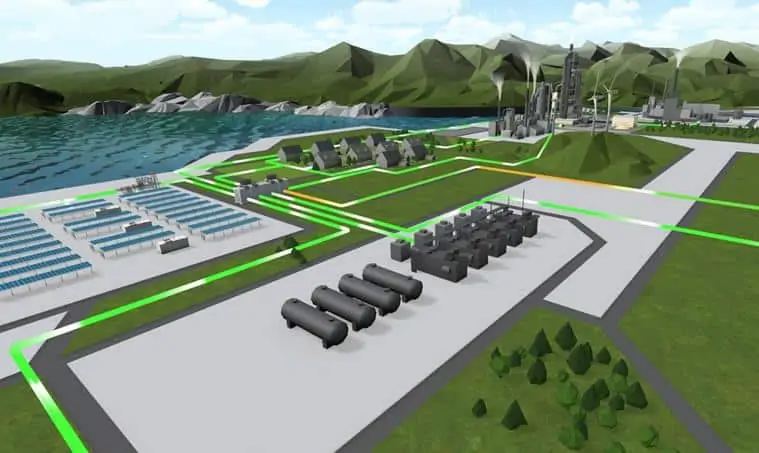A microgrid is essentially a localized electricity grid that draws energy from nearby power sources like solar, wind, and geothermal. Although these microgrids are often connected to the larger utility network, they can also disconnect and operate autonomously. Anyone within that local network will continue receiving reliable electricity – even if the rest of the utility grid goes down during a power outage.
Microgrids are very common among industrial parks, data centers, and military installations. But they are becoming increasingly popular among municipal governments as well:
- Cost is one of the main selling points. Microgrids allow communities to generate their own energy for a fraction of what utility companies charge. More specifically, microgrid operators can choose between utility power and local power – whichever is more affordable at that moment in time.
- Sustainability is another major draw. Green microgrids that rely on solar, wind, and geothermal power are much cleaner than utility electricity generated from oil, gas, or coal.
But there’s another reason why green microgrids are on the rise.
They help make cities and communities disaster proof.
Let’s take a look.
How Green Microgrids Provide Emergency Relief
Natural disasters can strike at any time – as can terrorist attacks. And when the damage hits utility-controlled power stations or transmission lines, this can create outages throughout the grid.
By contrast, green microgrids provide localized power.
Even if the larger utility network goes down for some reason, area residents still have enough local electricity to continue powering essential services like hospitals, traffic lights, and government agencies. In fact, with enough renewable energy capacity, green microgrids can generate sufficient electricity to power entire communities.
And we can’t stress how resilient some of these renewable energy sources actually are.
Do you remember Hurricane Sandy – the superstorm that hammered the mid-Atlantic a few years ago? New Jersey received the worst of it, with millions of people losing power.
And yet, those with solar panels installed on their properties managed to keep their lights on. In fact, the New England Independent System Operator didn’t receive a single report of any wind or solar facilities negatively affected by the hurricane.
And remember that these were isolated PV installations and wind turbines. Had they all been connected to local microgrids, then everyone in those communities would have had access to electricity.
Given that microgrids are cheaper, cleaner, and more reliable than traditional utility networks, we believe that they will become the default standard within our lifetime. Distributed renewable energy generation simply makes more sense.
To learn more about microgrids, solar power, and disaster recovery, contact us today for a free consultation. Sunline Energy has been the preferred choice for solar energy in San Diego County. We are proudly one of the highest rated companies in Southern California.


